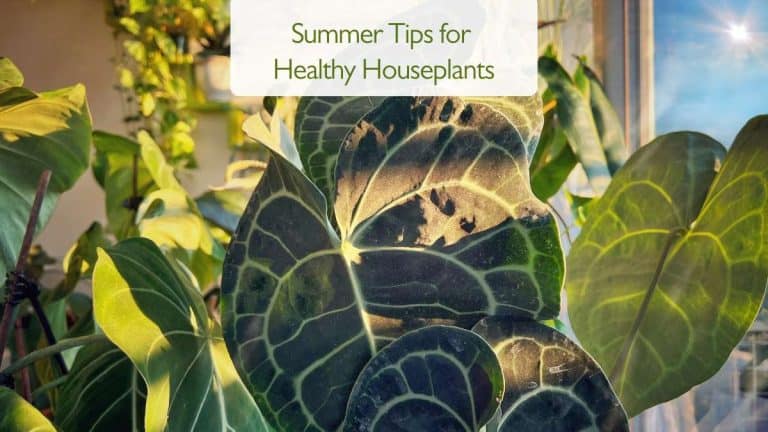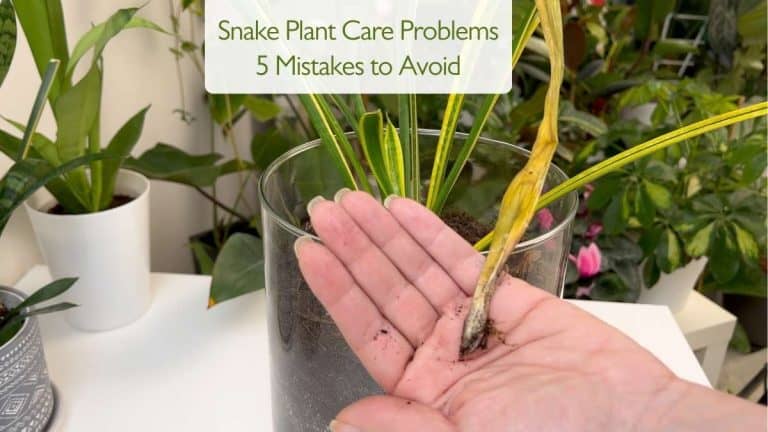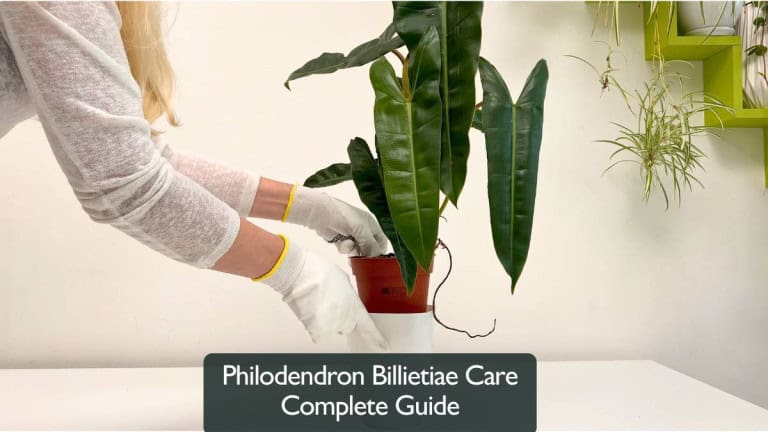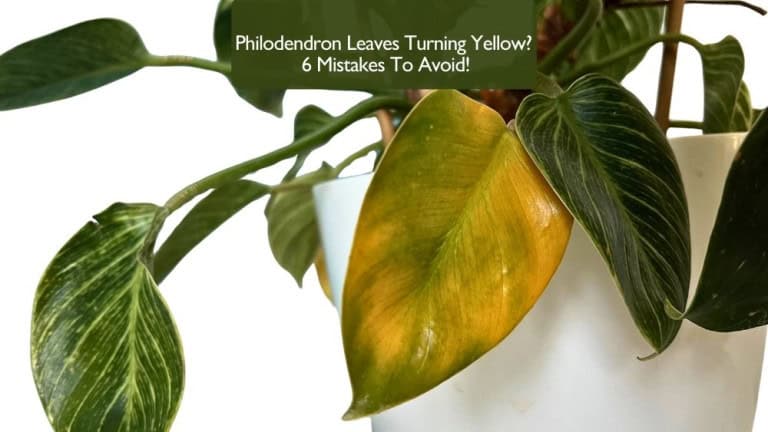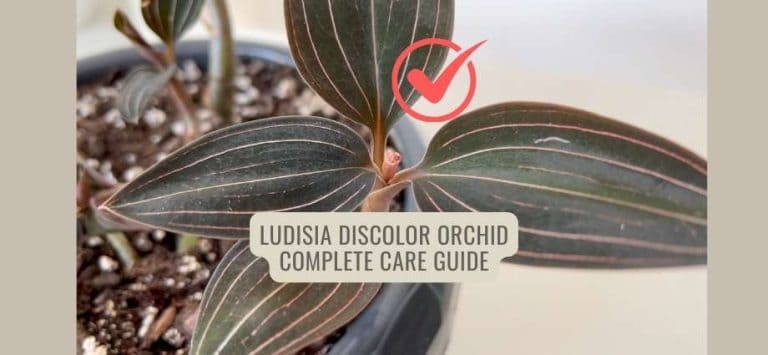Summer Tips for Houseplants: Keep Your Indoor Garden Thriving
Summer brings longer days, higher temperatures, and fluctuating humidity levels, which can present unique challenges for caring for your indoor plants. Adapting your routine with the right summer tips for houseplants ensures your plants remain healthy, vibrant, and stress-free throughout the season. No matter if you’re just starting out or have years of plant experience, these summer care tips will keep your houseplants flourishing throughout the season.
Adjust Watering: Essential Summer Tips for Houseplants to Prevent Over- and Underwatering
One of the most critical summer tips for houseplants is learning to adjust your watering habits. Higher temperatures and increased sunlight cause plants to use more water through transpiration, but this doesn’t mean you should automatically water more frequently.
Overwatering remains a common cause of plant stress and root rot during summer. To avoid this, always check soil moisture before watering. The best approach is the “finger test”: insert your finger about one to two inches into the soil. If it feels dry at that depth, it’s time to water. If it still feels moist, wait a day or two and check again. This prevents soggy soil conditions that suffocate roots and promote fungal diseases.
When watering, aim for a deep soak that reaches the entire root zone, rather than light, frequent watering. This encourages roots to grow deeper, resulting in stronger, more resilient plants. Using room-temperature water also reduces shock.
For a more detailed guide on watering houseplants—including common mistakes to avoid, and advice on how, when, and how much to water—I invite you to watch my video Houseplants Watering Tips ✅ 5 Mistakes to Avoid + How, When & How Much to Water Plants below. This video will help you master watering techniques to keep your plants happy all year round.
Manage Light Exposure: Summer Tips for Houseplants to Avoid Leaf Burn and Stress
Summer sunlight can be intense, and many indoor plants that flourish during milder months become vulnerable to sunburn or stress when exposed to direct sunlight for extended periods.

As part of your summer tips for houseplants, monitor the light levels in your space carefully. Most tropical houseplants prefer bright, indirect light rather than direct sun. Use sheer curtains or blinds to filter harsh rays, or move plants slightly away from windows with full sun exposure.
Some plants like succulents and cacti thrive in direct sunlight and may benefit from longer exposure, but even they need gradual acclimation to prevent damage.
Signs your plant is receiving too much light include yellowing or browning leaf edges, scorched spots, or wilting despite adequate watering. Adjust placement accordingly to keep your plants comfortable and vibrant.
Increase Humidity: Summer Tips for Houseplants That Need Moisture-Rich Air
While summer heat increases evaporation, indoor air can often become dry, especially with air conditioning running. Many popular houseplants such as Calatheas, Philodendrons, and Ferns thrive in higher humidity.
Boost humidity around your plants as a key summer tip for houseplants by employing several simple methods:
- Group plants closely to create a humid microclimate where moisture accumulates naturally.
- Use a humidifier near your plants to maintain steady humidity levels.
- Place trays filled with water and decorative pebbles beneath plant pots, ensuring the pots sit above the water line to prevent root rot.
- Lightly mist plants regularly, but avoid over-misting which can cause fungal problems.
Maintaining humidity between 40-60% typically benefits tropical plants during summer.
Monitor and Prevent Pests: Summer Tips for Houseplants to Keep Infestations at Bay
Warm, dry conditions common in summer create an ideal environment for pest outbreaks. The most frequent indoor plant pests include mealybugs, spider mites, aphids, and whiteflies—each capable of causing significant damage if left unchecked.
As part of your summer tips for houseplants, it’s essential to perform regular inspections, focusing especially on the undersides of leaves and new growth where pests tend to hide. Early detection and intervention are key to preventing infestations from spreading.
Natural, safe remedies such as neem oil, insecticidal soap, and horticultural oils are effective first-line treatments against these common pests. Additionally, isolating infested plants immediately can help protect the rest of your collection.
Maintaining good air circulation and avoiding over-fertilizing also reduce pest attractiveness, helping keep your plants healthy and resilient.
To help you combat one of the most persistent pests, I’ve created a detailed video titled How to Get Rid of Mealybugs FAST ✅ Safe & Easy Method for Houseplants. You can watch it below for step-by-step guidance on safe and effective treatment.
Fertilizing Smartly: Summer Tips for Houseplants to Avoid Overfeeding in Heat
Many houseplants slow their growth in very hot weather and therefore require fewer nutrients.
A crucial summer tip for houseplants is to reduce or pause fertilizing when indoor temperatures exceed 85°F (29°C) for prolonged periods. Fertilizing during heat stress can cause nutrient imbalances or “burn” roots.
Resume fertilizing gradually once plants show renewed active growth, typically in late summer or early fall. Always follow product instructions and consider organic or slow-release fertilizers for gentle nutrition.
Repotting Considerations: Summer Tips for Houseplants to Refresh Growing Conditions
Summer is an ideal season for repotting many houseplants because they are actively growing and recover faster from transplant shock.
If you notice roots circling the pot edges or slowed growth despite good care, this may indicate your plant needs repotting.
When repotting as a summer tip for houseplants, choose a pot 1-2 inches larger than the current one with proper drainage holes. Use fresh, well-draining soil to provide nutrients and improve aeration.
Handle roots and rhizomes gently to minimize stress, and water thoroughly after repotting to help soil settle.
Bonus Advanced Care: Using Electroculture and Plant Music as Unique Summer Tips for Houseplants
For those wanting to experiment with innovative care methods, I highly recommend combining electroculture—using atmospheric antennas to channel natural electromagnetic energy—with soothing music tuned to frequencies like 432 Hz.
Research suggests these frequencies can stimulate plant metabolism and growth while creating a harmonious environment.
Explore my articles on electroculture for houseplants and music for plants to learn how to integrate these methods into your summer care routine.
Final Thoughts: Personalized Summer Tips for Houseplants to Foster Healthy Growth
Every plant has unique needs, so applying these summer tips for houseplants thoughtfully and observing your plants closely will ensure they flourish despite summer’s challenges.
Feel free to share your experiences, questions, or your own favorite summer plant care tips in the comments—together, we cultivate greener, happier homes.
Explore More Music for Your Plants & Stay Connected!
Check out my Playlist: Music for Plants and find the perfect tunes to help your plants and yourself thrive.
Don’t forget to visit my YouTube Channel Plant House & Garden and subscribe — your support means the world to me!
Connect with me on social media for more plant care tips and music updates: Instagram | Facebook | X | Pinterest | Reddit | TikTok
Love plants? Love music? Don’t miss out on new updates — hit subscribe and follow now to keep your plants happy and your space vibrant!

